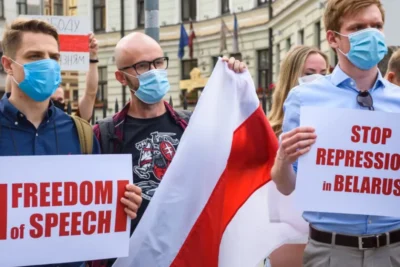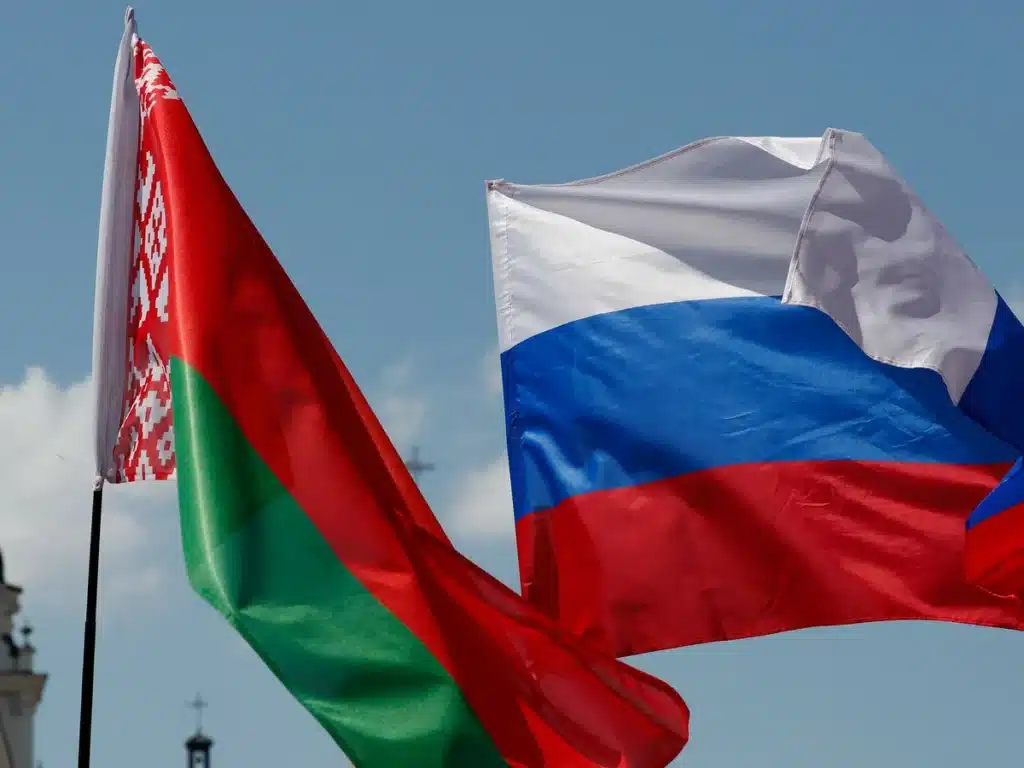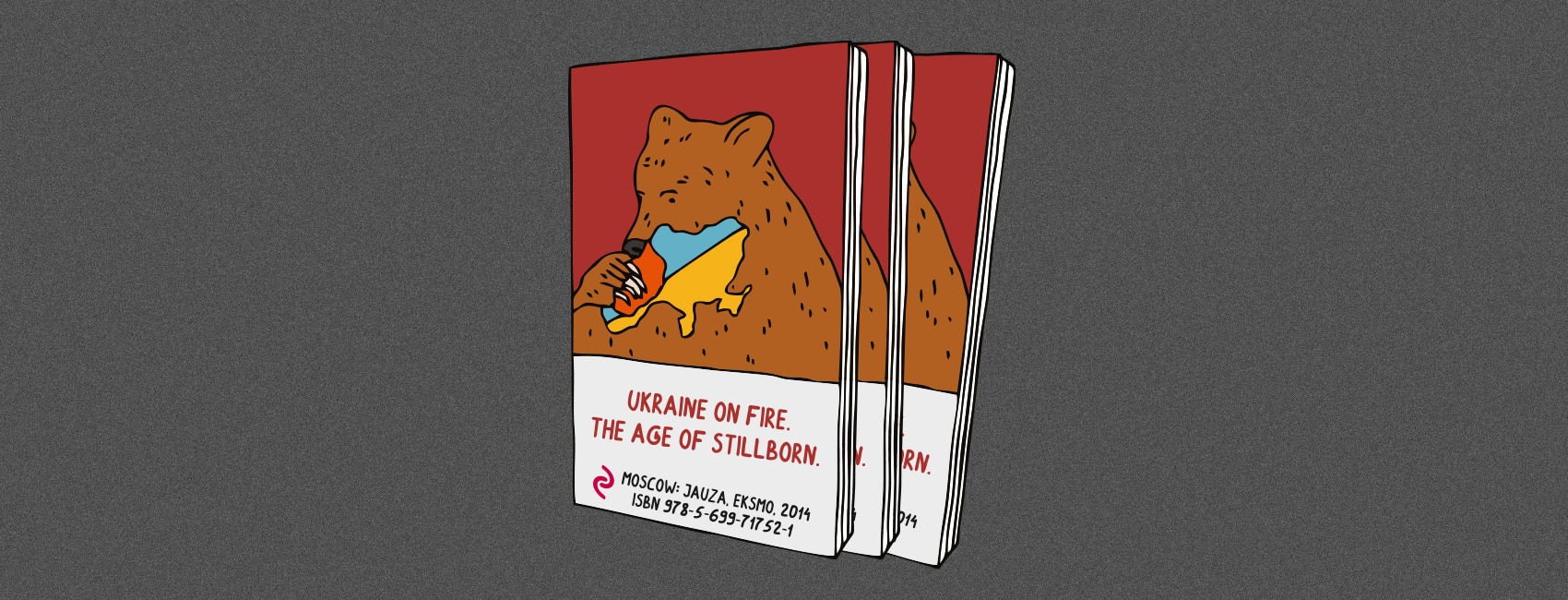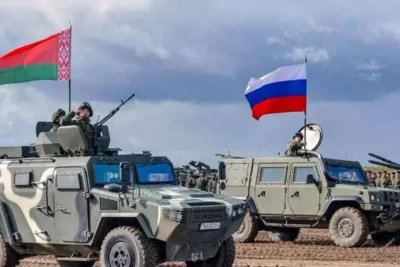
Belarusians in the War in Ukraine: Stories, Symbols, and Memory

Table of Contents
- Introduction
- Historical Context and Shared Struggles
- Belarusian Volunteers Fighting for Ukraine
- The Kalinouski Regiment: Symbol of Belarusian Resistance
- National Identity and Political Motivation
- Symbolism and Memory in the Belarusian-Ukrainian Struggle
- The Role of the Belarusian Diaspora
- International Perspectives
- Controversies and Political Ramifications
- Future of Belarusian–Ukrainian Solidarity
- Conclusion
Introduction
The ongoing Russian invasion of Ukraine has reshaped geopolitical realities across Eastern Europe and beyond. Among the most unexpected and remarkable developments has been the presence of Belarusian volunteers fighting alongside Ukrainians. Exploring “Belarusians in the War in Ukraine: Stories, Symbols, and Memory” reveals a profound and complex narrative about identity, exile, resistance, and the struggle for freedom.
Though Belarus officially supports Russia’s military campaigns—allowing troops to use its territory and aligning politically with the Kremlin—many Belarusians have chosen a radically different path. They fight against Russia, seeing Ukraine’s survival as tied to the future of a free Belarus. Their stories illuminate a powerful movement rooted in shared trauma, solidarity, and aspirations for democratic change.

This article examines these stories in depth: the formation of volunteer battalions, the symbolism of Belarusian historical figures, the memorialization of fallen soldiers, and the political impact of their actions both inside Belarus and internationally.
Belarus and Ukraine share deep historical bonds stemming from centuries of political, cultural, and linguistic interaction. From their time in the Polish–Lithuanian Commonwealth to parallel experiences under Russian imperial rule and Soviet control, the two nations developed intertwined identities.
The legacy of resistance against imperial domination is central to understanding why many Belarusians see the war in Ukraine as a continuation of their own historic struggle. Figures like Kastuś Kalinoŭski, a 19th-century revolutionary who fought against Russian imperial rule, symbolize a shared heritage of rebellion.
Modern political trajectories also shape Belarusian involvement. Ukraine's democratic revolution in 2014 inspired Belarusian activists. Conversely, the brutal crackdown following Belarus’s 2020 protests drove thousands into exile—many of whom later joined Ukraine’s defense forces.
Research on historical memory and identity in the region can be explored in academic databases like JSTOR, which contextualizes the shared past of the two nations.

Belarusian Volunteers Fighting for Ukraine
When Russia launched its full-scale invasion in February 2022, Belarusian volunteers rapidly mobilized. Many had already been in Ukraine since 2014, fighting in Donbas against Russian-backed separatists. The invasion triggered a new wave of recruitment from Belarusian exiles in Poland, Lithuania, Ukraine, and Georgia.
Their motivations vary but often include:
- A desire to oppose Russian imperial aggression
- Commitment to democratic values
- Solidarity with Ukrainian resistance
- Hope that a Ukrainian victory may trigger change in Belarus
- Retaliation for the brutal repression of 2020
Belarusian fighters serve in various units within the Ukrainian Armed Forces, including special operations, infantry brigades, and territorial defense units. Many have paid the ultimate price, and their names are now memorialized in communities across Eastern Europe.
The Kalinouski Regiment: Symbol of Belarusian Resistance
The most prominent Belarusian formation is the Kalinouski Regiment (formerly the Kalinoŭski Battalion). It has become the signature symbol of Belarusian solidarity with Ukraine, named after the revolutionary Kastuś Kalinoŭski.
The regiment is known for:
- High discipline and combat experience
- Volunteer origins rooted in anti-authoritarian activism
- Symbols referencing Belarusian history and opposition culture
- Public emphasis on a free, democratic future for Belarus
Fighters wear patches with the white-red-white flag—a symbol banned in Belarus—and use slogans praising resistance to tyranny. These symbols link their struggle to Belarus’s national revival movements and to contemporary human rights activism.
Profiles of volunteer fighters and their operations have appeared in international media, including insightful reports by BBC World Europe.
National Identity and Political Motivation
The involvement of Belarusians in Ukraine’s defense is deeply tied to questions of identity. For many volunteers, fighting in Ukraine is part of a broader project of redefining what it means to be Belarusian.
Key elements of this new identity include:
- Rejecting the authoritarianism of the Lukashenko regime
- Reaffirming Belarus’s European cultural ties
- Reviving Belarusian langgue





Leave a Reply
You must be logged in to post a comment.